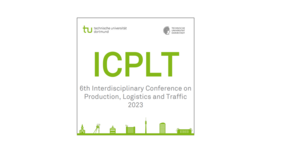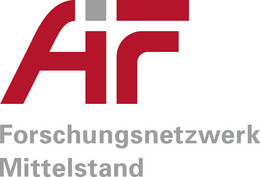CO2 balance method kit - Determination of CO2 emissions in companies in the logistics sector using a specific method kit
- Transport Modelling and Process Planning
Background
Following the example of the UK, the shipping industry and trade are striving to report their environmental impact on a product-related basis. In order to be able to state this across their entire supply chain, they also require their logistics service providers to report all greenhouse gas emissions for each shipment.
However, accounting for emissions in general and allocating them to individual customers is often a major challenge for logistics service providers. One important reason is that although there are a large number of standards and guidelines (including ISO 14064-1, ISO 14065, DIN EN 14040, DIN EN 14044, PAS 2050), there is still no standardized, comparable approach to measuring logistics processes. Due to the lacking or incomplete approaches, such an assessment and its regular updating are relatively costly. This jeopardizes the competitiveness of small and medium-sized logistics service providers, who have to procure the information at the end of the chain.
Approach
In the research project "CO2 balance method kit", small and medium-sized logistics companies were first introduced to the framework conditions (guidelines, procedure, emission factors) for preparing a CO2 balance. In the second step, a method kit was developed to enable logistics companies to determine the emissions of their logistics processes. However, this balance sheet essentially only has an internal effect. Therefore, from the logistics service provider's point of view, the total emissions must be allocated to the customer in accordance with the cause.
Intended results
The result of the research project is a CO2 method kit, which was implemented as an Excel tool. All modes of transport and stationary processes within a logistics facility were considered in this tool, so that even more complex transport chains can be mapped. Overall, the tool offers a pragmatic solution for everyday use in companies. On the one hand, existing data sets can be used for certain routes, while on the other hand, new routes can be added as required. The underlying calculation methods calculate the energy consumption, CO2 and CO2e emissions and differentiate between the tank-to-wheel and well-to-wheel calculation limits. Based on the resulting greenhouse gas values, logistics companies can also identify and implement suitable measures to reduce CO2 emissions.
This project was funded from the budget of the Federal Ministry of Economics and Technology via the AiF on behalf of the German Logistics Association (BVL).
Download
The method kit is available for free download here.
Contact: Prof. Dr.-Ing. Uwe Clausen
Funding and partners








